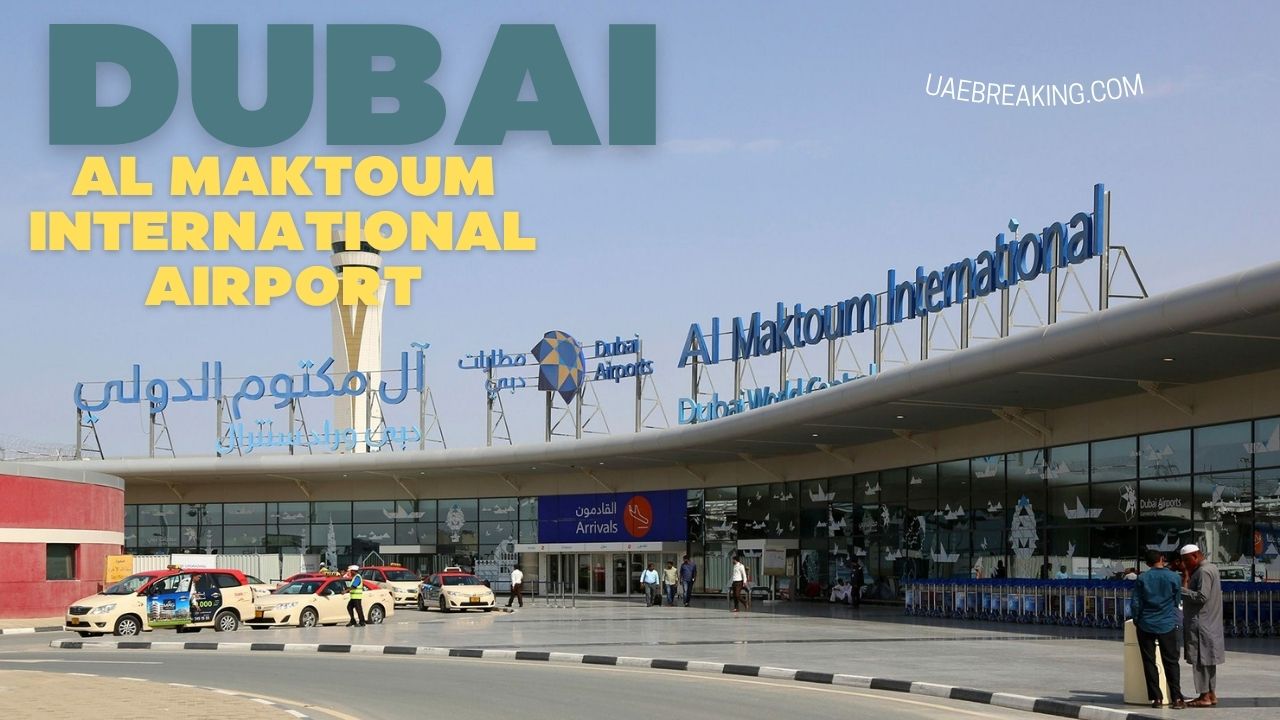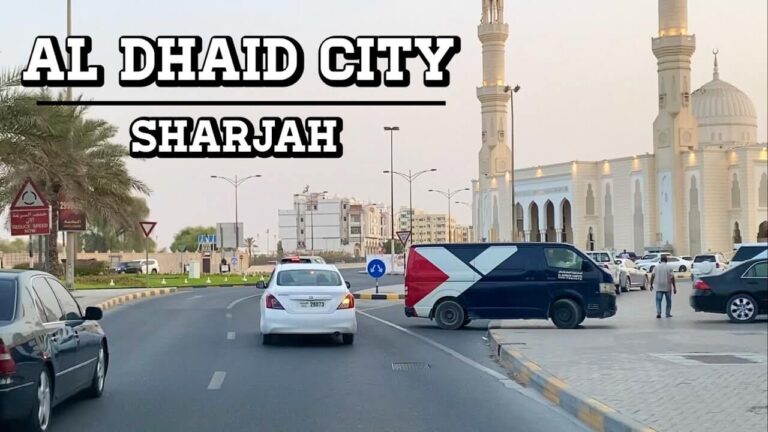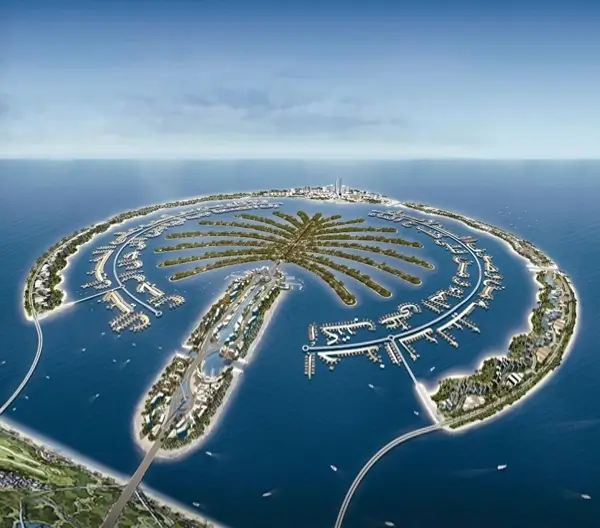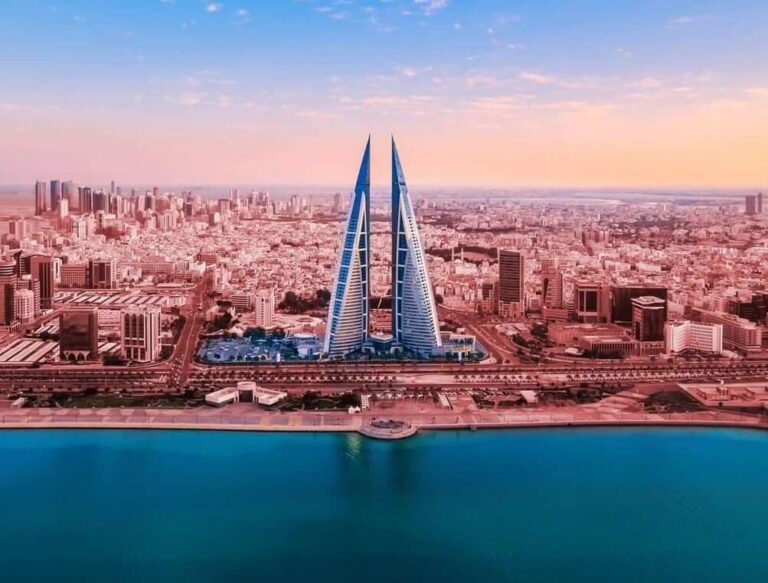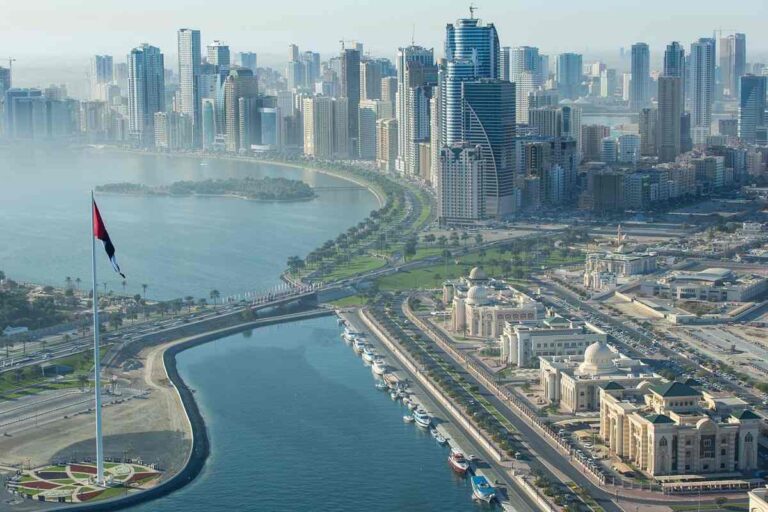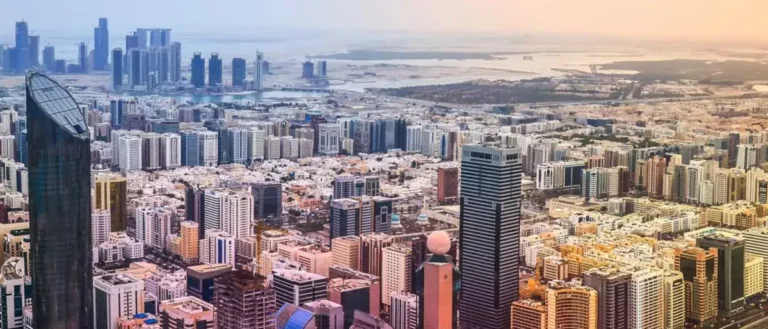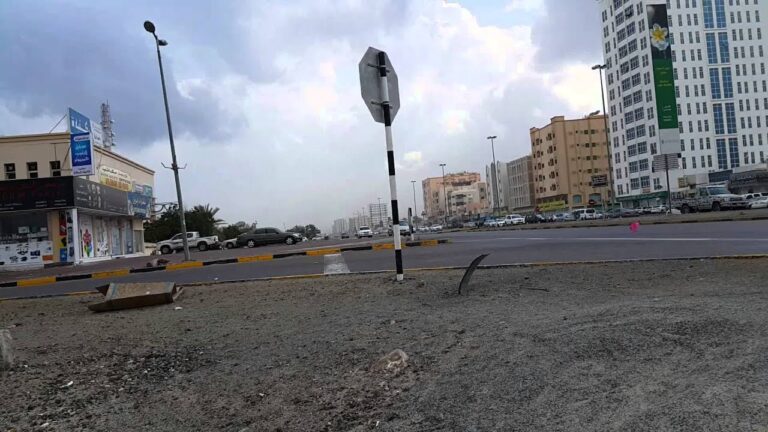Al Maktoum International Airport, Dubai, UAE
Al Maktoum International Airport: Dubai’s Next Global Superhub
When Dubai sets its sights on the future, the world pays attention. Al Maktoum International Airport (DWC), located in Dubai South, is one of the boldest projects in global aviation history. Planned to be the world’s largest airport, DWC is designed not only to complement but eventually surpass Dubai International Airport (DXB) in scale, capacity, and influence.
Unlike most airports, which expand gradually, Al Maktoum International was conceived as a mega-hub from the ground up — capable of handling over 160 million passengers and 12 million tonnes of cargo annually when fully developed. It reflects Dubai’s long-term vision: positioning the emirate as a global leader in connectivity, trade, and tourism.
The Vision Behind Al Maktoum International
Dubai’s meteoric rise as an aviation hub owes much to DXB’s global dominance, but capacity constraints and the city’s ambition for growth led to the creation of Al Maktoum International Airport. Situated in Dubai South, near the Expo City district, this airport is part of a wider master plan to create a city within a city, where logistics, aviation, business, and residential spaces converge.
At its core, Al Maktoum International is more than an airport — it is the heartbeat of Dubai South, a district envisioned as a sustainable urban ecosystem that integrates industry, commerce, and lifestyle.
Architecture and Design: A Mega Airport in the Making
Al Maktoum International stands out for its forward-thinking architecture and modular expansion design. Unlike older airports retrofitted to cope with rising demand, DWC was designed with scalability at its heart.
- Passenger Terminals: Built to offer streamlined, tech-driven services, ensuring reduced wait times and maximum comfort.
- Cargo Facilities: Among the largest in the world, geared for multi-modal logistics linking air, sea, and land.
- Runways: DWC features five parallel runways, each designed for simultaneous take-off and landing, making it one of the most efficient aviation infrastructures globally.
This design ensures operational fluidity while setting new benchmarks in capacity, efficiency, and passenger experience.
Passenger Experience: Smart, Seamless, and Sustainable
What sets Al Maktoum International apart is its passenger-first approach. Every touchpoint — from check-in to boarding — is envisioned as a frictionless journey.
- Biometric gates and AI-powered check-ins reduce human error and speed up processes.
- Integrated transport links connect directly to Dubai Metro extensions, highways, and seaports.
- Luxury lounges and retail experiences reflect Dubai’s DNA: comfort, opulence, and global culture.
While DXB remains the crown jewel today, Al Maktoum International promises a next-generation travel experience where technology and hospitality converge.
Cargo Operations: Powering Global Trade
If passenger numbers dominate headlines, cargo operations are the unsung hero of Al Maktoum International. Positioned near Jebel Ali Port and connected by advanced logistics corridors, DWC is set to become the world’s largest cargo hub.
This ecosystem makes Dubai a unique tri-modal logistics gateway — where air, sea, and land supply chains converge seamlessly. For businesses, this means faster deliveries, reduced costs, and unmatched global reach.
Economic Impact: Fueling Dubai’s Future
Al Maktoum International Airport is not just infrastructure; it is an economic engine. Once fully operational, it is expected to contribute massively to Dubai’s GDP through:
- Job creation across aviation, logistics, hospitality, and services.
- Boosting tourism by welcoming millions of new visitors annually.
- Trade growth, turning Dubai South into one of the world’s most dynamic business hubs.
The airport also cements Dubai’s reputation as a connectivity capital, where people, goods, and ideas flow with unparalleled ease.
Sustainability at the Core
In line with the UAE’s Net Zero 2050 vision, Al Maktoum International Airport integrates eco-conscious infrastructure. From solar-powered systems to smart waste management, its design prioritizes green aviation practices. This positions Dubai as a pioneer in sustainable air travel, aligning aviation growth with environmental responsibility.
DXB vs. DWC: Complementary, Not Competitive
Travelers often wonder: will Al Maktoum International replace Dubai International Airport? The answer is not immediately. DXB remains one of the busiest airports globally, while DWC is gradually expanding to handle future demand.
Instead of competing, the two hubs are complementary:
- DXB continues to serve as the primary international hub.
- DWC is growing steadily, supporting cargo, low-cost carriers, and long-term expansion.
Together, they strengthen Dubai’s aviation dominance on the world stage.
Connectivity to Expo City and Beyond
One of the biggest draws of Al Maktoum International Airport is its proximity to Expo City Dubai — the legacy district of Expo 2020. This location ensures the airport is embedded within a dynamic urban hub that hosts events, exhibitions, and global summits.
Future expansions of Dubai Metro and express road networks will make DWC a seamless entry point to both central Dubai and Abu Dhabi.
The Future of Al Maktoum International Airport
The airport’s roadmap is nothing short of ambitious. By the 2030s, DWC is expected to surpass DXB in scale, evolving into the largest airport in the world. With capacity to handle over 250 million passengers in the long run, it will redefine what global connectivity looks like.
For Dubai, it’s not just about handling more flights — it’s about owning the future of aviation.
FAQs about Al Maktoum International Airport
1. Where is Al Maktoum International Airport located?
It is situated in Dubai South, near Expo City and Jebel Ali Port, around 40 km from Downtown Dubai.
2. Is Al Maktoum International bigger than Dubai International Airport?
Yes, when fully complete, DWC will be the world’s largest airport, surpassing DXB in both passenger and cargo capacity.
3. Can passengers currently fly from Al Maktoum International?
Yes, but services are limited compared to DXB. Several cargo, charter, and regional airlines operate from DWC, with passenger operations expanding gradually.
4. How does DWC connect to central Dubai?
It is linked via highways and bus services, with future plans for Dubai Metro extension to improve connectivity.
5. Why is Al Maktoum International important for Dubai?
It supports the city’s growth in aviation, logistics, and tourism, while preparing Dubai for the future of global travel demand.
Final Thoughts
Al Maktoum International Airport is not just Dubai’s next big project — it’s a declaration of intent. A vision to redefine global travel, logistics, and urban living, DWC is set to become the world’s aviation epicenter.
For travelers, it means smoother, smarter journeys. For businesses, it means faster connections. For Dubai, it represents the future of global connectivity.
To keep up with Dubai’s ever-evolving aviation and travel landscape, stay connected with UAEbreaking.com — your trusted source for insights on the UAE’s growth, lifestyle, and opportunities.
- XLine Dubai Marina, UAE - October 2, 2025
- Al Maktoum International Airport, Dubai, UAE - October 1, 2025
- Dubai International Airport, UAE - September 30, 2025

